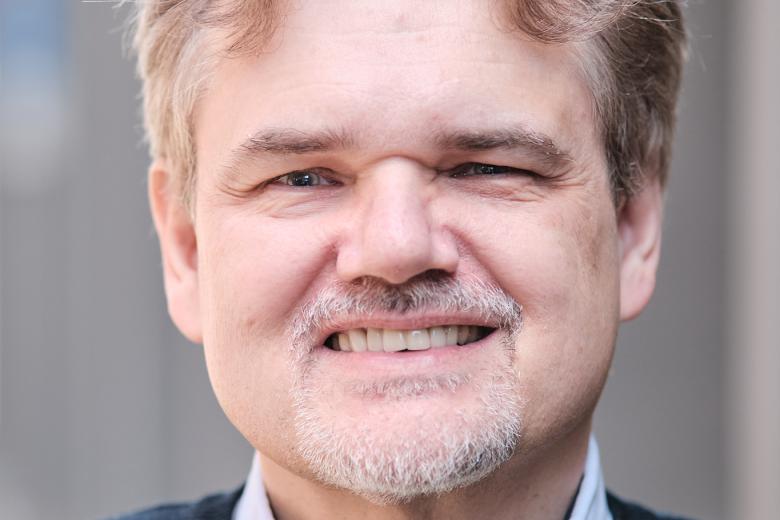Psychomotor effects of nitrous oxide
Nitrous oxide, or laughing gas, is a substance that many know from a visit to the dentist, or a medical procedure in the hospital. But it is increasingly used as a recreational and addictive drug. During the intoxication, thinking clearly and focused movement is impossible for the user, you can compare the effects to being drunk. Driving, thus, is out of the question. The difference with an alcohol intoxication is that the effects of nitrous oxide only last for a maximum of 1 minute. But can you get behind the wheel after that minute has passed?
Two important questions
There are two important questions:
- How long after the use of nitrous oxide does it have effect on your body and driving abilities?
- How can we detect if, and when, someone has used nitrous oxide?
The origin of this research lies with the Amsterdam Police, they contacted Jan Ramaekers (professor in Psychopharmacology and Behavioural Toxicology) with the questions: how can we measure if someone has used nitrous oxide while driving? The often stop drivers who have used nitrous oxide but have no means of proving it.
At the Faculty of Psychology and Neuroscience at Maastricht University, Ramaekers charged PhD Student Frederick Vinckenbosch with the task to set up and carry out the research project. To find out how long the effects stay in the body, and how to detect the remnants of the drug.
Testing in Leiden
The research will take place in the operating rooms of the Leids Universitair Medisch Centrum. In this controlled environment, the experiments can be carried out while the nitrous oxide values in the subject body can be monitored. The added benefit is that, due to the advanced ventilation systems, the researchers will not get a ‘contact high’.
Participants will perform rudimentary tasks that will map their driving skills. This will show how long after using nitrous oxide, deterioration occurs. At the end of the project, Vinckenbosch wants to determine how long you have to wait after taking nitrous oxide before driving. He also wants to find calculations methods for police forces, allowing them to determine how long ago someone has used nitrous oxide.
1 in 10
Previous research (non-published results from a questionnaire taken among 463 adult users) has shown that 10% of nitrous oxide users, have used it while driving. This shows the necessity of further research. Therefore, Vinckenbosch is looking for people who have used nitrous oxide before, are in good health, without a latex allergy and preferably live in the Randstad. You can email via this address if you are interested.
Vinckenbosch is starting this project immediately, with the expectation to finish within 1 year. We will follow the progress of the project and report back once results are in.
Also read
-
Brain stimulation in people with neglect
Marij Middag (PhD Candidate) and Teresa Schuhmann (Professor of Clinical Applications of Non-invasive Brain Stimulation) from the Department of Cognitive Neuroscience at the Faculty of Psychology and Neuroscience, have recently published their paper Alpha transcranial alternating current stimulation...
-
How do we imagine? ERC Advanced Grant for Prof. dr. Rainer Goebel (FPN)
FPN’s prof. dr. Rainer Goebel has been awarded an ERC Advanced Grant of € 2,5M for his research project Reading the Mind’s Eye: AI inspired personalised brain models of mental imagery. Goebel is among 255 researchers (out of 1829 applications in all domains) in Europe to receive the grant, and he is...

-
“Change the work, not the workers”
Professor Fred Zijlstra is set to retire in May. How does he look back on his career? What is his take on current developments in the field of work and organisational psychology? And how can we, as a society, best organise work—now and in the future?
